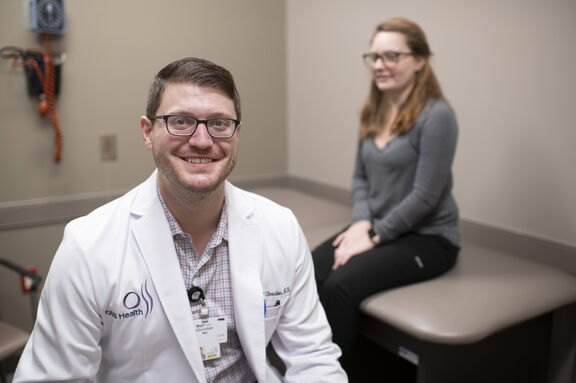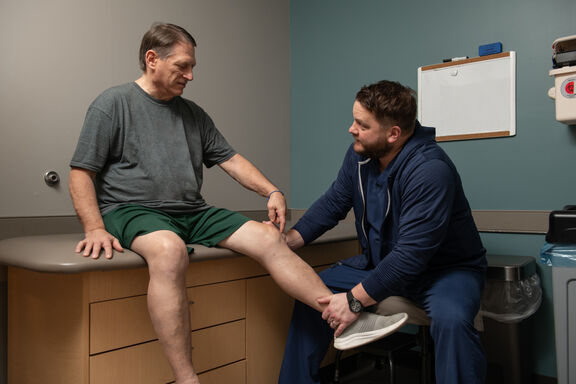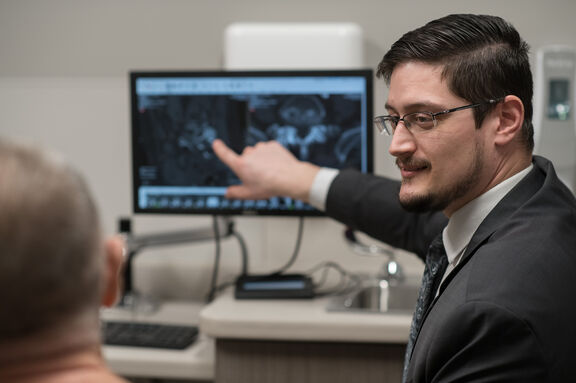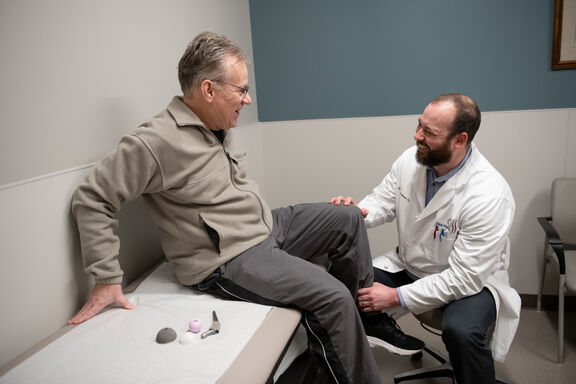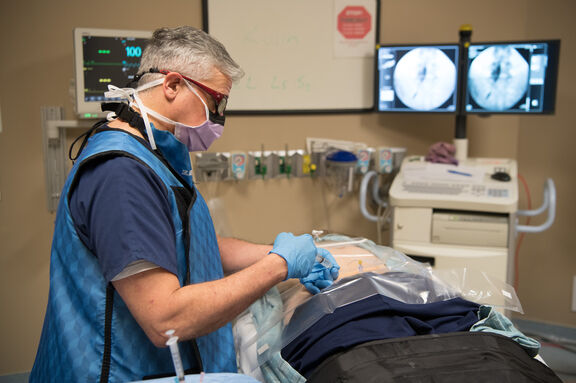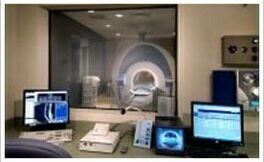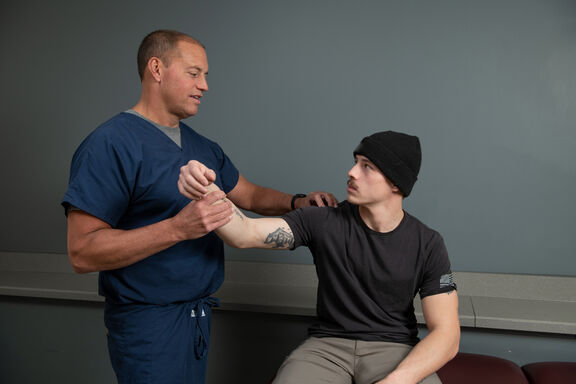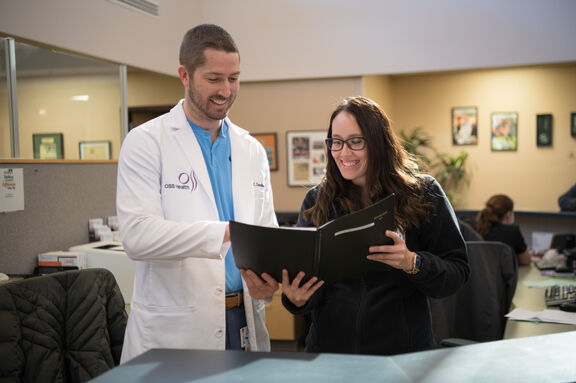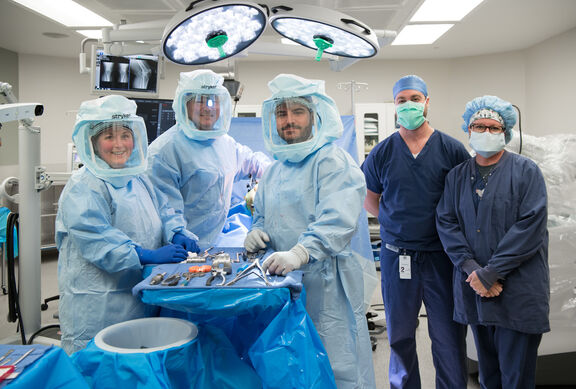Spinal Stenosis
Back & Neck Pain Treatments
What is Spinal Stenosis?
The spinal canal is formed by adjacent vertebrae of the spine and the spinal cord runs through the spinal canal as it branches out to innervate the muscles and extremities throughout the body. Spinal Stenosis is a condition characterized by the narrowing of the spinal canal in either the lower back (lumbar) or neck (cervical). In most cases, Spinal Stenosis is the result of the aging process as the ligaments of the spine begin to thicken and cause the spinal canal to become narrow.
Spinal Stenosis can pinch the spinal cord or spinal nerves and cause them to become irritated and inflamed. Symptoms may present in the spine and/or the extremities. The lumbar region of the spine is the most common area of the spine affected by stenosis but this condition can also occur in the cervical spine as well.
If you have Spinal Stenosis the symptoms can include:
- Pain
- Numbness in the extremities
- Balance problems
- Burning, tingling, weakness in the extremities
These symptoms may be experienced in the back and/or the legs.
The Spine Team at OSS Health has helped thousands of patients with Spinal Stenosis return to an active and healthy lifestyle using a variety of treatment options.
How is Spinal Stenosis Treated at OSS Health?
At OSS Health, the first course of treatment is to utilize non-surgical treatment options to alleviate the pain and other symptoms associated with Spinal Stenosis.
These treatments can include:
- Nonsteroidal anti-inflammatory drugs
- Physical therapy
- Injections
Surgical Treatment for Spinal Stenosis at OSS Health
Surgical treatment may be required for severe cases of Spinal Stenosis. A Minimally Invasive Spinal Fusion is a procedure that is commonly performed. This procedure is performed using a minimally invasive approach and can be performed as either an inpatient or outpatient procedure.
During the procedure, your OSS Health Spine Surgeon removes discs and bone spurs within the spine to widen the spinal canal. Adjacent vertebrae are then joined using a small rod and screws. As the vertebral bone heals, the vertebrae fuse together to form a single, solid bone. Following surgery, the spinal cord has room to travel through the canal and symptoms are alleviated.
Using our advanced minimally invasive techniques, there is very little surgical trauma and you are able to recover and return to normal activities shortly after surgery.
Another procedure, known as X-Stop Interspinous Process Decompression, may also be recommended by your OSS Health Spine Surgeon.

